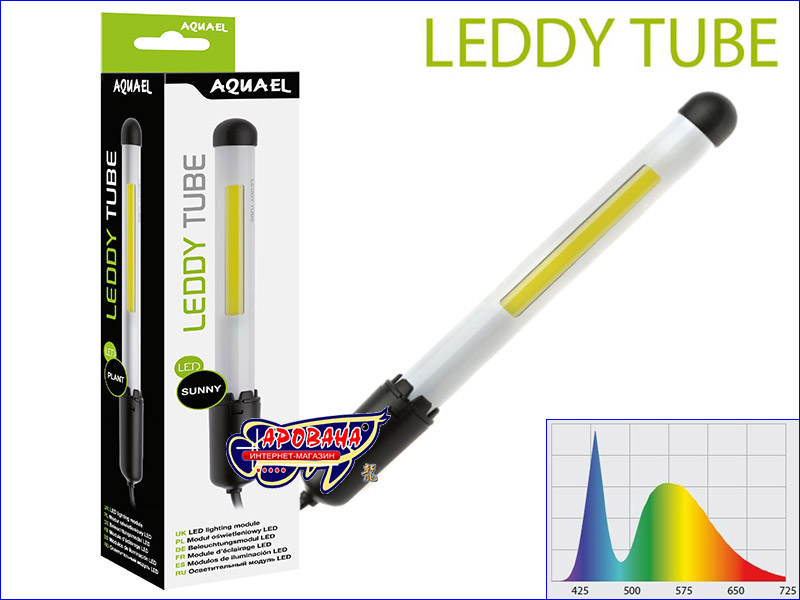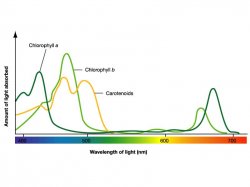Well, when you increase the plants in your tank, you increase the load on the nutrients, so if you (let's say) doubled the plant mass, without doubling the nutrients available, that could certainly be a cause for it.
Use 1 capful (5 mL) for each 250 L (60 gallons) once or twice a week. For smaller doses, please note that each cap thread is approximately 1 mL. Refrigeration after opening is recommended but not required.[/size]
I don't know how much you are dosing, nor how frequently, so its hard to say. Also, remember that Flourish is primarily for MICRO-NUTRIENTS. Its not really a nitrogen source, nor phosphate or potassium. And nitrogen or potassium deficiency can also be responsible for yellowing leaves, as can light deficiency. BUT, if the light was sufficient in the tank before for those same plants, it isn't likely to be insufficient now - unless your bulbs are old....
So, there are a few likely culprits for this:
1 - light isn't intense enough
2 - iron deficiency
3 - nitrogen deficiency
4 - potassium deficiency
5 - some combination of the above.
The simplest test to start with would be to increase your Flourish dose. As it seems to be a new development and linked to the introduction of new plants, I lean away from Number 1. And adding more flourish will add more iron (check #2), more nitrogen (check 3), more potassium (check 4) (which checks most of number 5). It is also possible to be an excess of phosphates, but that doesn't fit with the introduction of MORE plants. So, I'll pass on that option for now.
 /www.drsfostersmith.com/product/prod_display.cfm?pcatid=28281&rel=1
/www.drsfostersmith.com/product/prod_display.cfm?pcatid=28281&rel=1 /www.drsfostersmith.com/product/prod_display.cfm?pcatid=28281&rel=1
/www.drsfostersmith.com/product/prod_display.cfm?pcatid=28281&rel=1



